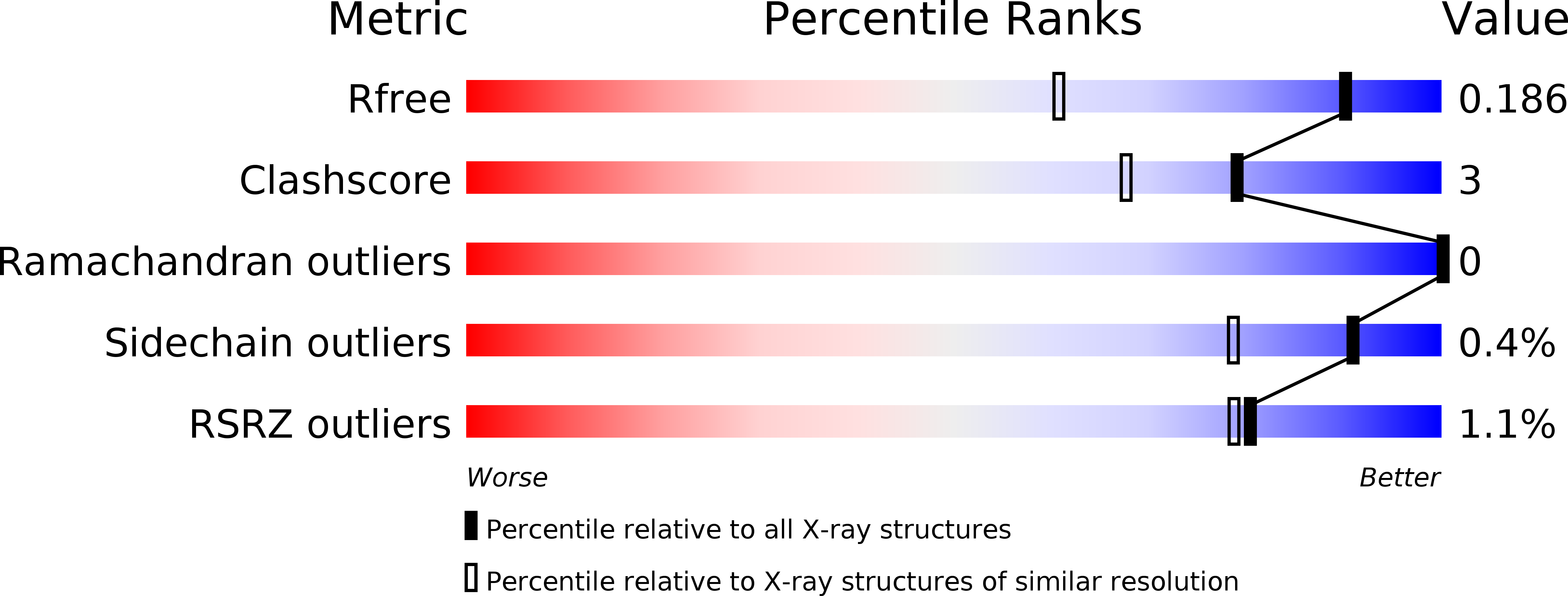
Deposition Date
2019-01-02
Release Date
2020-01-15
Last Version Date
2023-11-22
Entry Detail
Biological Source:
Source Organism:
Striga hermonthica (Taxon ID: 68872)
Host Organism:
Method Details:
Experimental Method:
Resolution:
1.40 Å
R-Value Free:
0.18
R-Value Work:
0.17
R-Value Observed:
0.17
Space Group:
P 21 21 21


